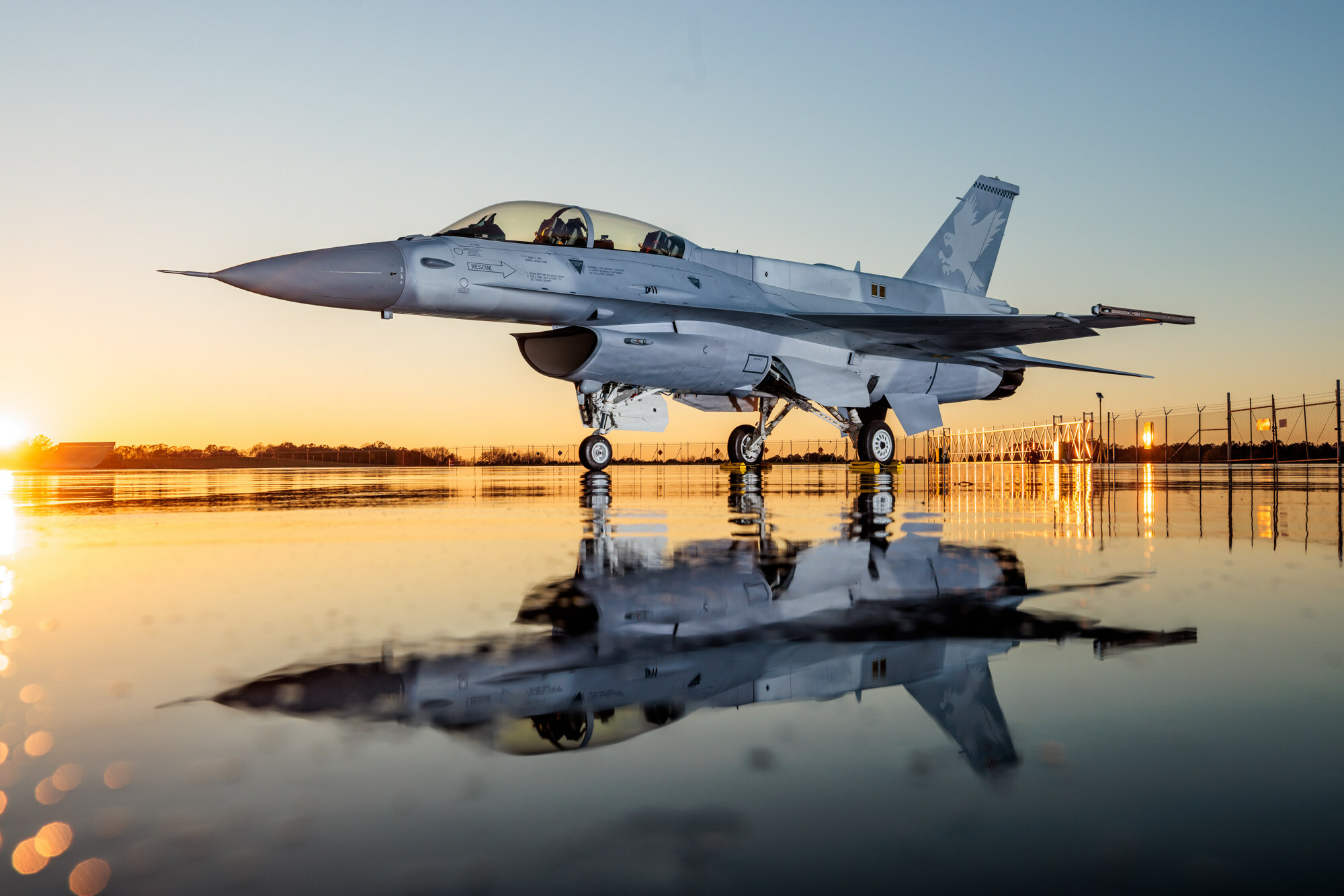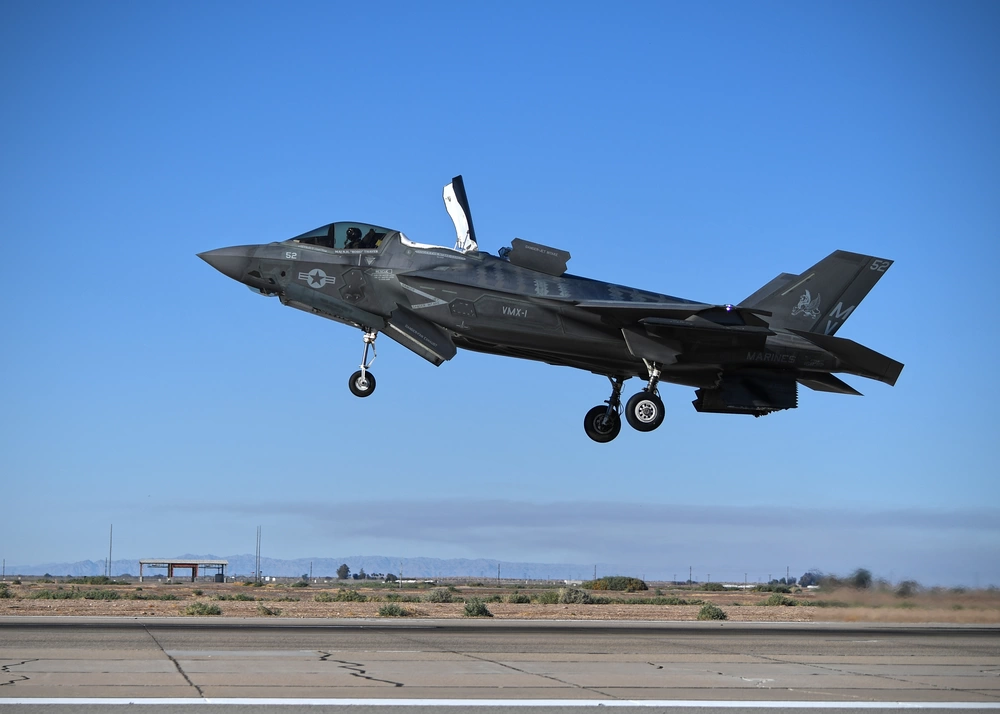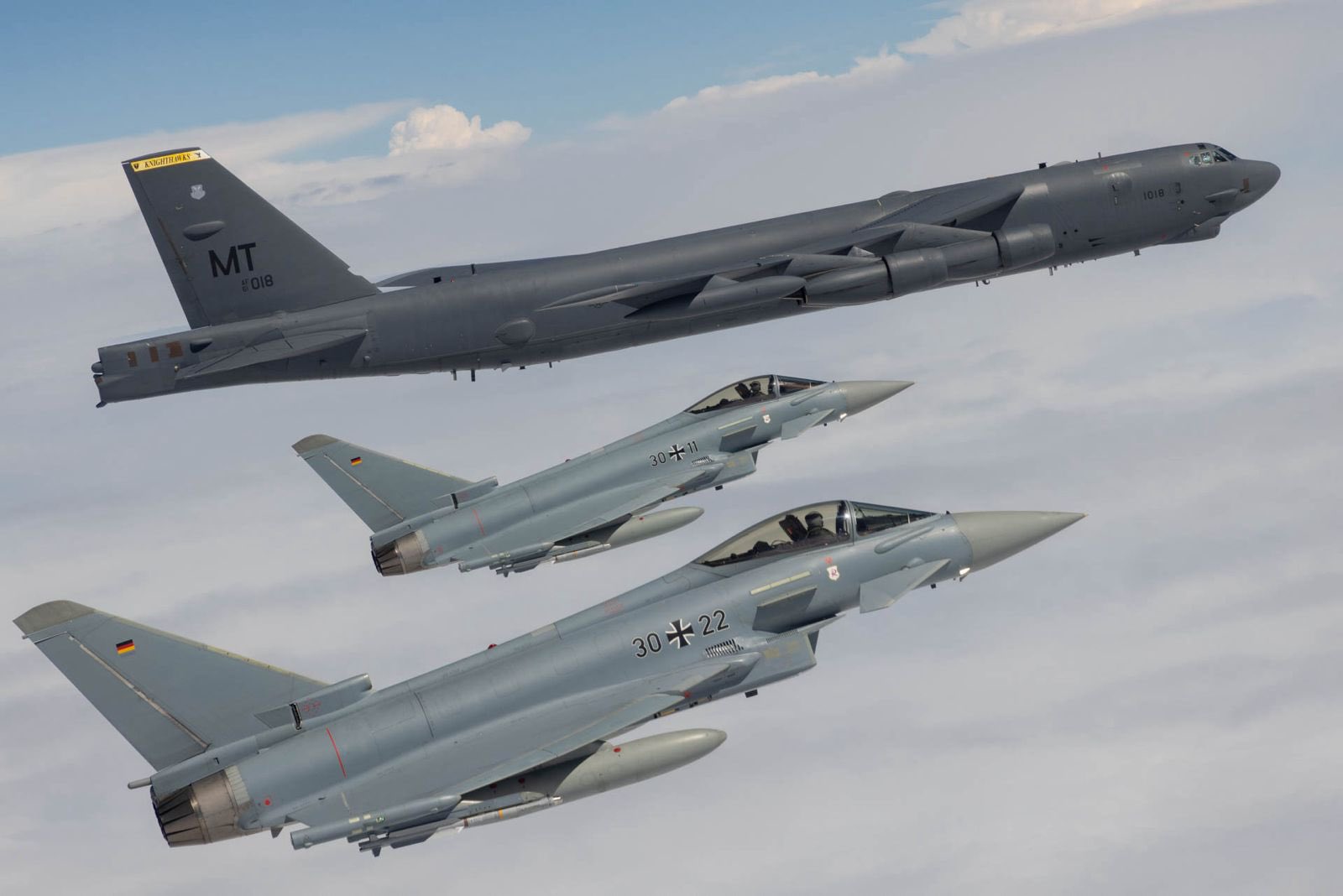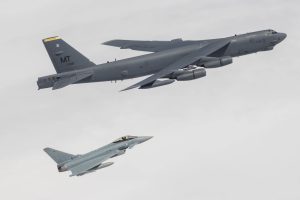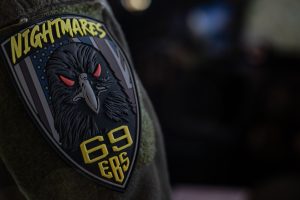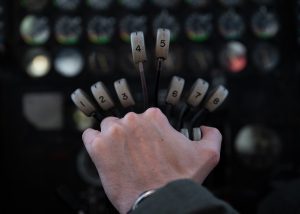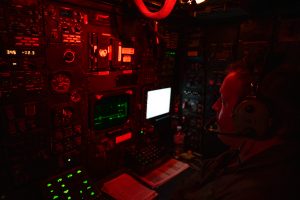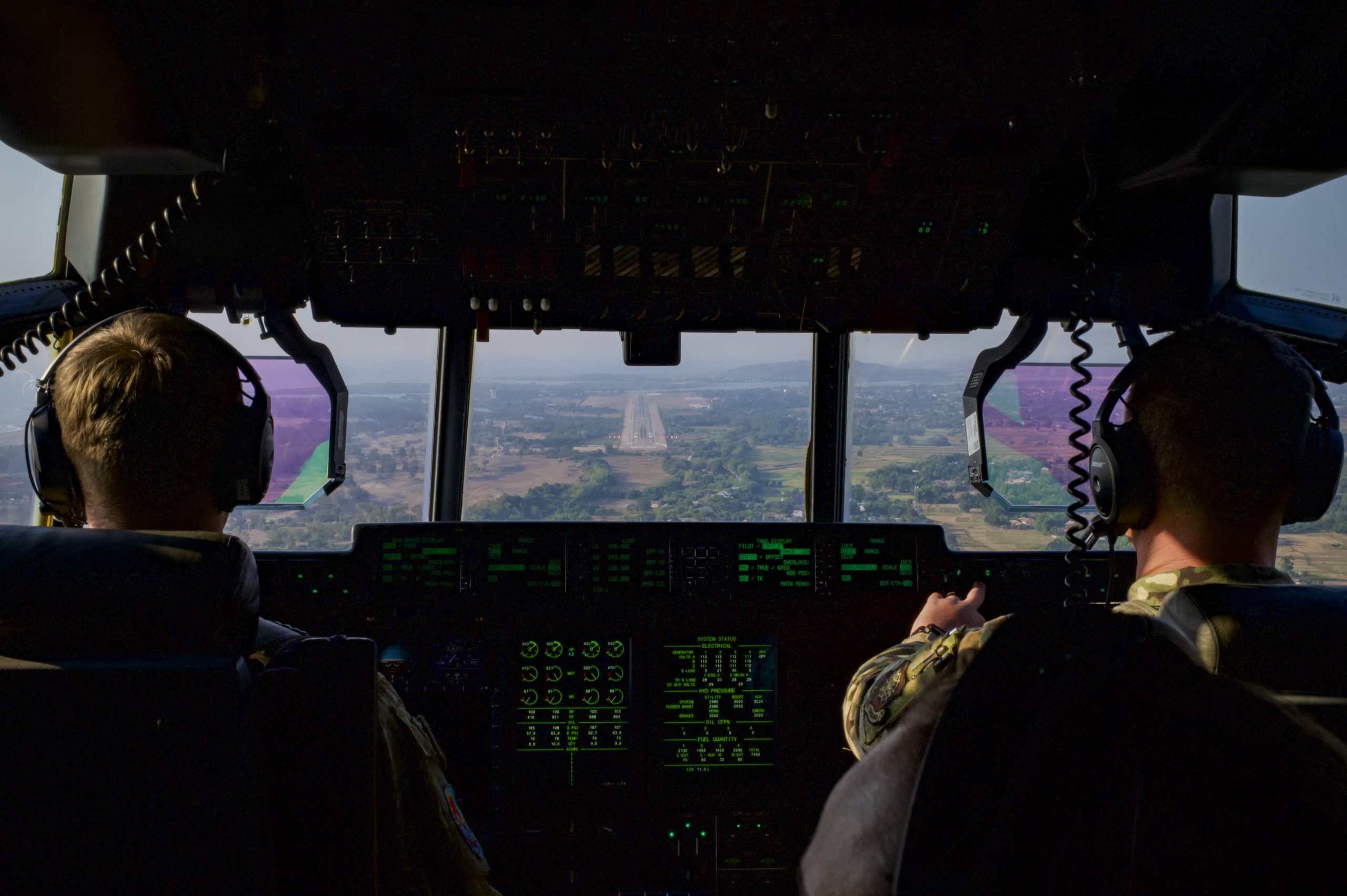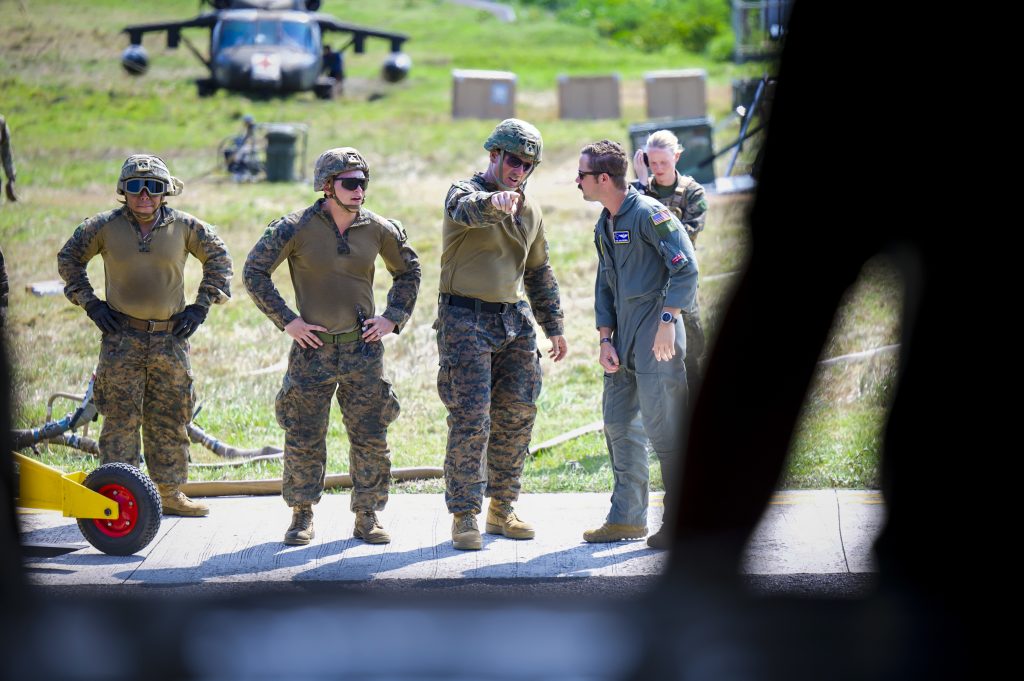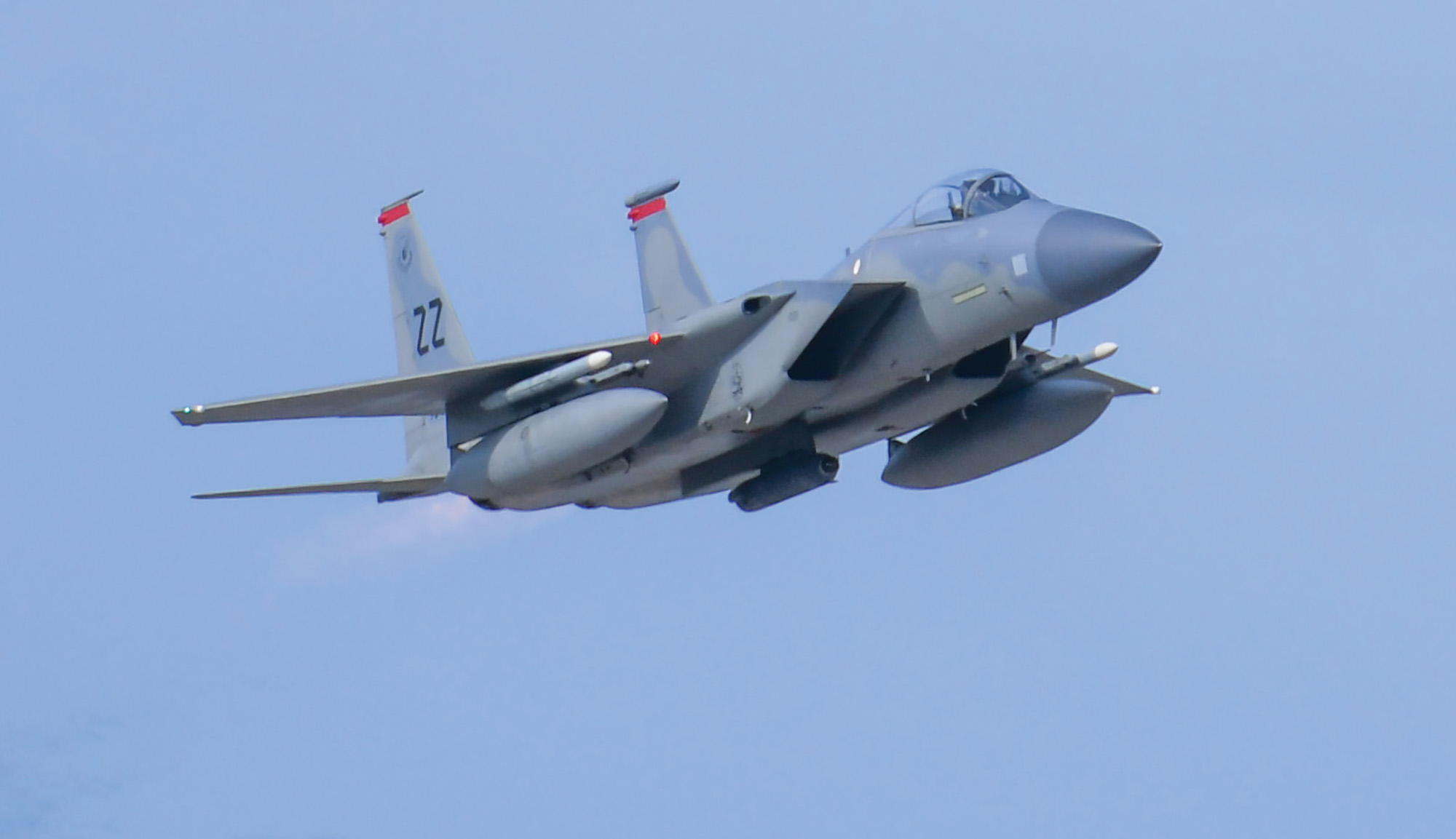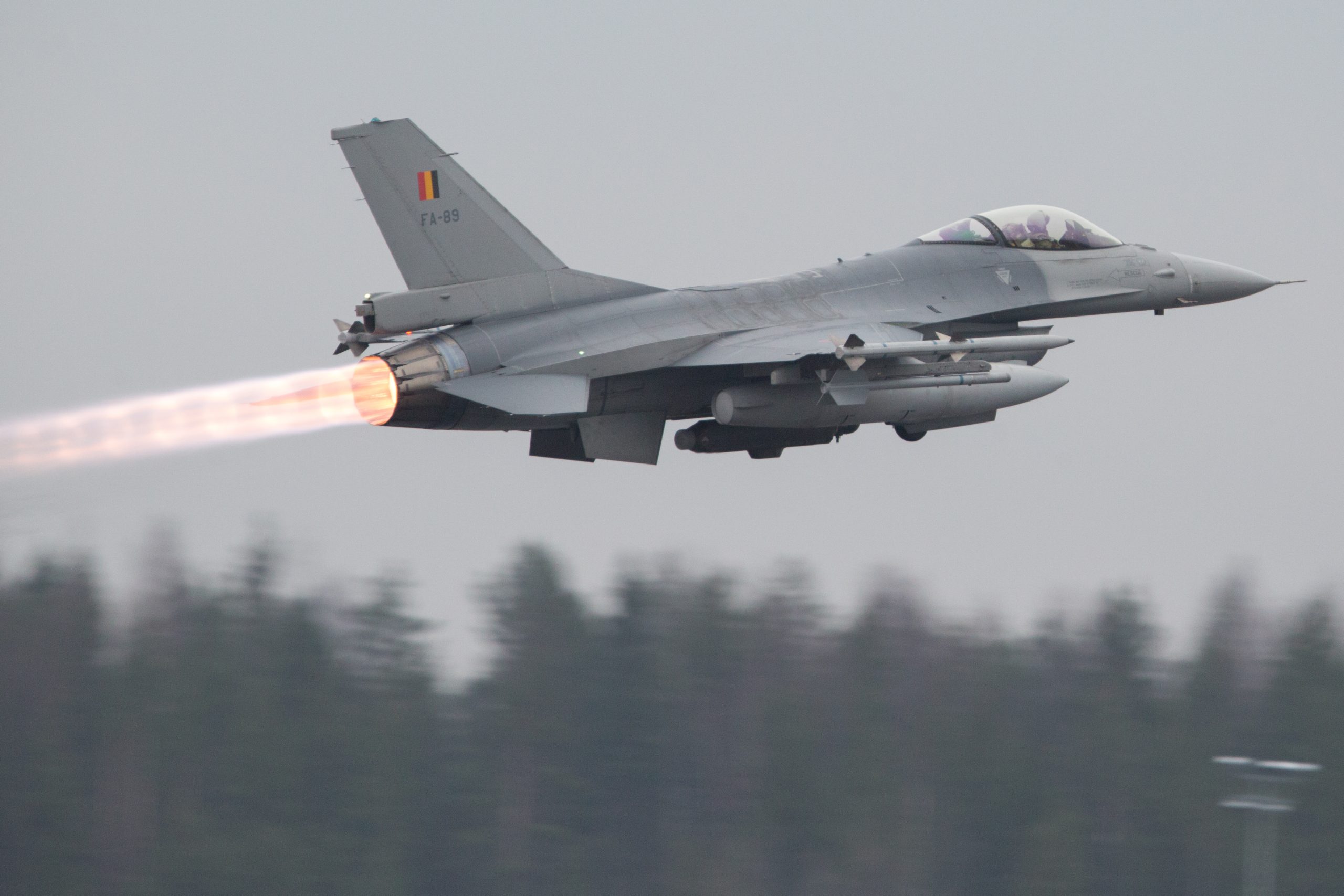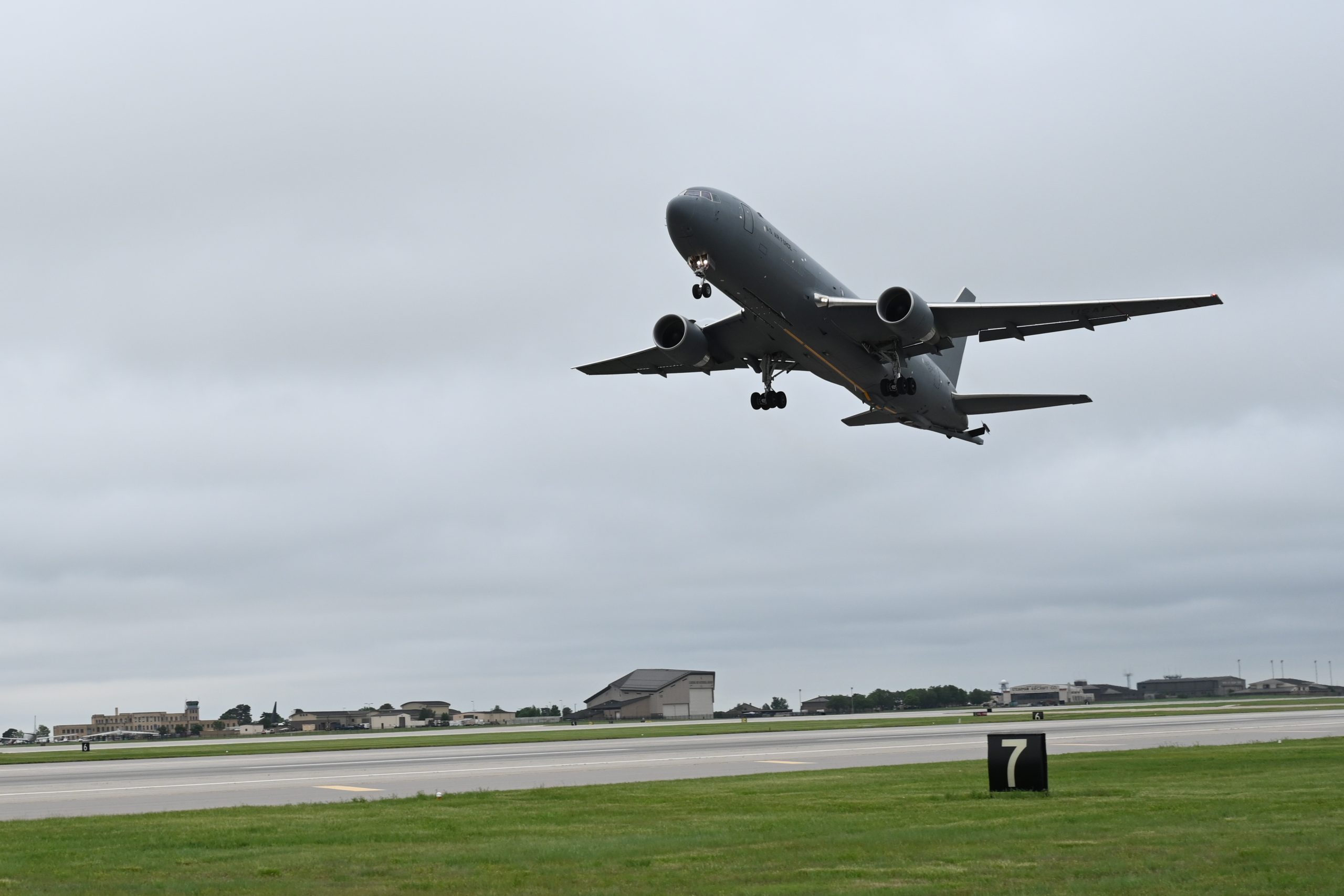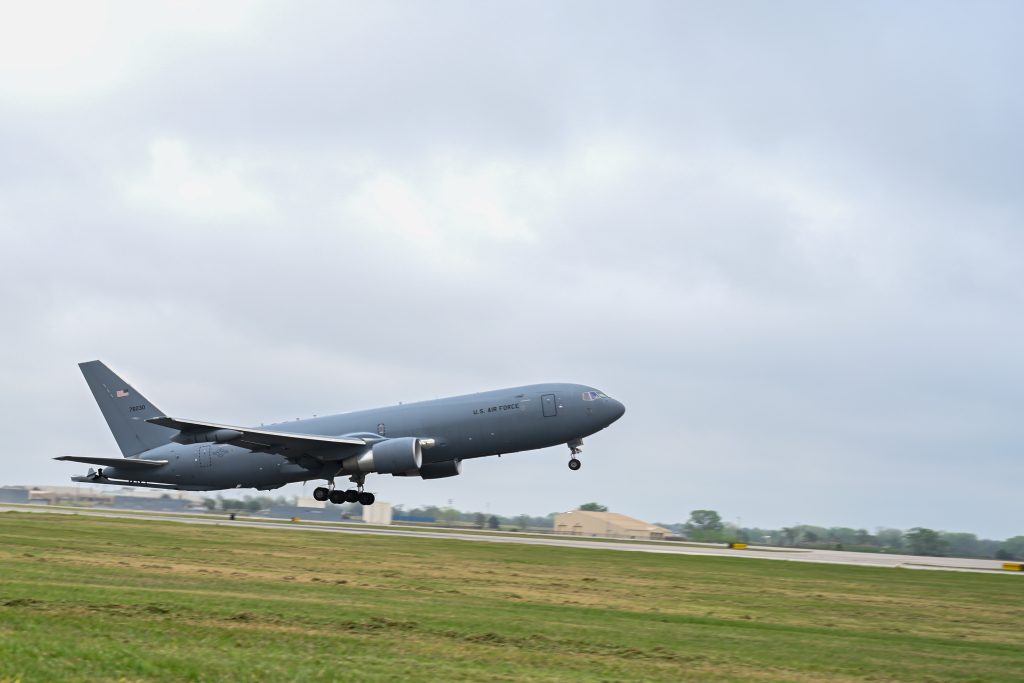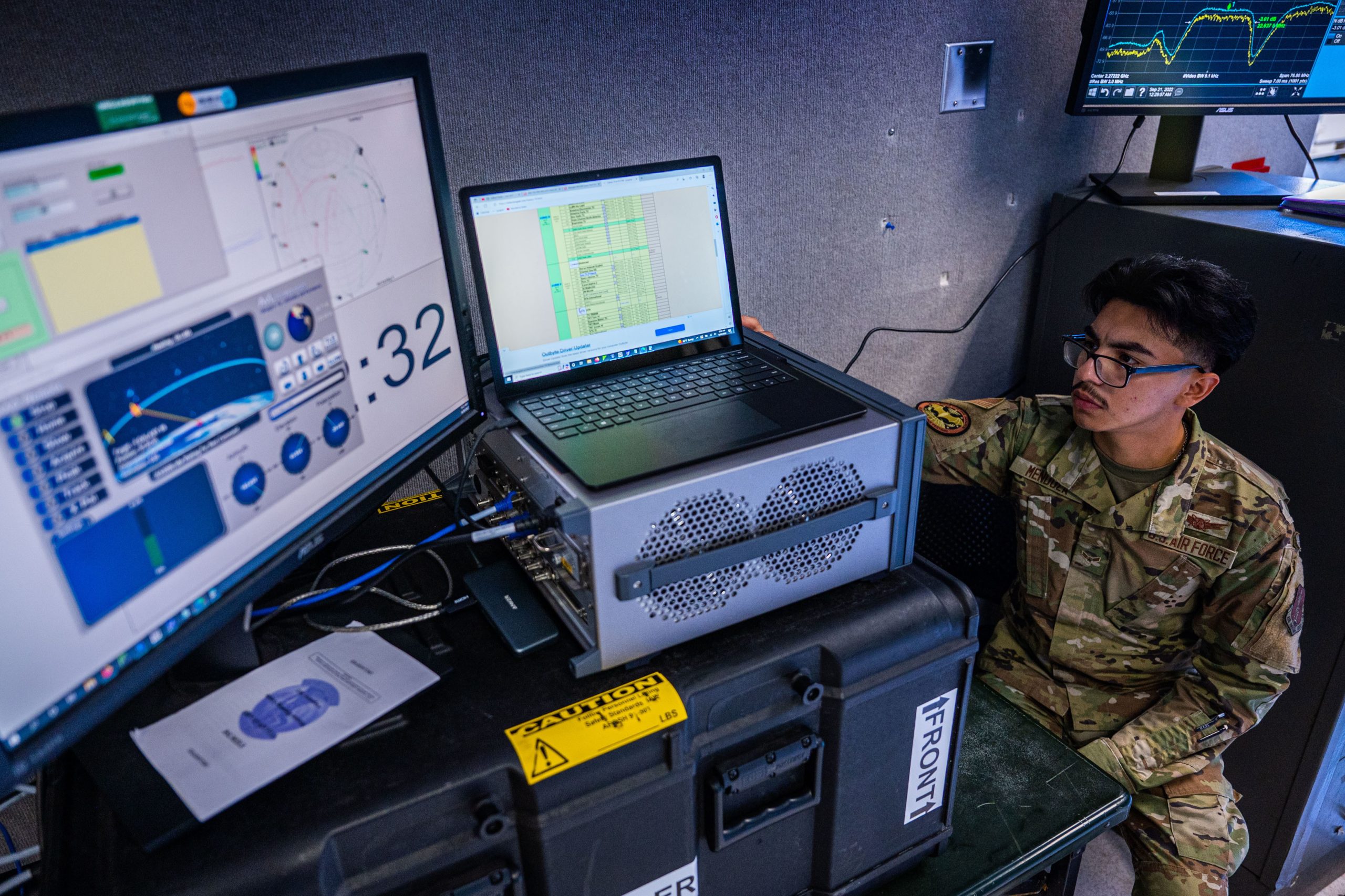The ranking member on the Senate Armed Services Committee offered a set of sweeping proposals for what he called a “generational investment” in the U.S. military—including hundreds of new fighter jets, bombers, and drones for the Air Force over the next several years.
Sen. Roger Wicker (R-Miss.) laid out his vision in a 52-page report and an op-ed in the New York Times released May 29, two weeks before the committee on which he serves as the top Republican is set to mark up its version of the 2025 National Defense Authorization Act.
It remains to be seen whether Wicker will push for some or all of his proposals—which cover every combatant command, military branch, and more—in the annual defense policy bill. An aide for SASC Republicans told Air & Space Forces Magazine he will propose a $55 billion topline increase to the Pentagon’s budget request of $850 billion but declined to discuss other potential amendments.
Wicker’s proposals face significant hurdles given the associated costs and the fact that the Pentagon is already dealing with budget caps set by the Fiscal Responsibility Act. Yet lawmakers from both sides of the aisle have said they may try to bypass those spending caps in 2025.
The aide also noted that many of the proposals Wicker is pushing—especially for the Air Force—will be long-term efforts that will take years to realize. Should Republicans reclaim control of the Senate in November’s elections, Wicker would become chair of the SASC and have even more influence in future Congresses.
Still, Wicker’s call for defense spending to reach five percent of the U.S.’s gross domestic product is certain to face fierce pushback from some lawmakers.
Aircraft Moves
For the Air Force, Wicker wants to reverse what he calls a “death spiral” in the fighter fleet.
“[The Air Force] has not replaced its aircraft fast enough to keep the fleet from shrinking precipitously, even as the mission demands remain steady or increase. This stresses a smaller number of airframes, which are asked to deploy more often. Consequently, we see worse maintenance outcomes, and the cycle continues,” Wicker wrote in his report.
The USAF wants to divest 250 aircraft and procure 91 new ones in 2025, which would put its total fleet below 5,000 airframes for the first time ever. Officials say that decline will continue for at least a few more years.
Wicker is proposing to block retirements of F-22 and F-15E aircraft, something his House Armed Services Committee counterparts are pushing as well. On top of that, he is calling for the Air Force to buy at least 340 fighters more than its current plans in the next five years.
That extra 340 airframes should include more F-35s “once production issues are stabilized,” at least two dozen F-15EXs per year, and a limited buy of 120 Block 70 F-16s, Wicker suggests.
The Air Force has already said it plans to end procurement of the F-15EX after 2025, and the service hasn’t received a new F-16 since 2005. The new Block 70 version, however, is currently in production at Lockheed Martin’s Greenville, S.C., facility for allies like Greece, Turkey, Bahrain and Taiwan.
“While a less capable aircraft, F-16 Block 70 development was paid for by allies and partners, and this still-capable aircraft can perform plenty of less stressing missions,” Wicker suggested.
With F-35s, F-15EXs, and new F-16s each costing at least $60-70 million per aircraft, the addition Wicker is calling for would almost certainly cost tens of billions of dollars.
Yet in addition to new fighters, Wicker also joined a chorus of congressional and analyst voices calling for the Air Force to buy more than 100 B-21 bombers.
“Once early production of the B-21 has ended, the Air Force should move as fast as possible to field at least double its planned quantity of 100,” he wrote.
While U.S. Strategic Command boss Gen. Anthony J. Cotton has said he would “love” to have more than B-21s, Air Force officials have argued such decisions do not need to be made yet and that new technologies may come along to change the decision calculus.
Air Force officials have recently declined to discuss the cost of individual B-21 bombers, but the unit cost of one of the bombers was contractually set at $550 million in 2015 dollars, meaning 100 more could add $50 billion or so to the program.
Wicker’s report also calls for the Air Force to expand its program requirement for Collaborative Combat Aircraft, the autonomous drones that will fly as “wingmen” to augment manned platforms. The service set a “notional” figure of 1,000 CCAs, a figure Wicker cited, but Air Force Secretary Frank Kendall has suggested the fleet could wind up being much larger than that.
Wicker did not provide an exact figure for how many more he thinks the Air Force should buy, but did write that budget constraints are likely what is limiting the program, not operational requirements.
Finally, Wicker suggested the Air Force look into buying a land-based version of the Navy’s E-2D Hawkeye for airborne early warning and control and begin studies on “equipping fighter aircraft with nuclear air-launched cruise missiles instead of gravity bombs to improve survivability.”
Given the sweeping nature of Wicker’s proposals and the many competing priorities, the proposed Air Force changes could face daunting odds of being realized.
